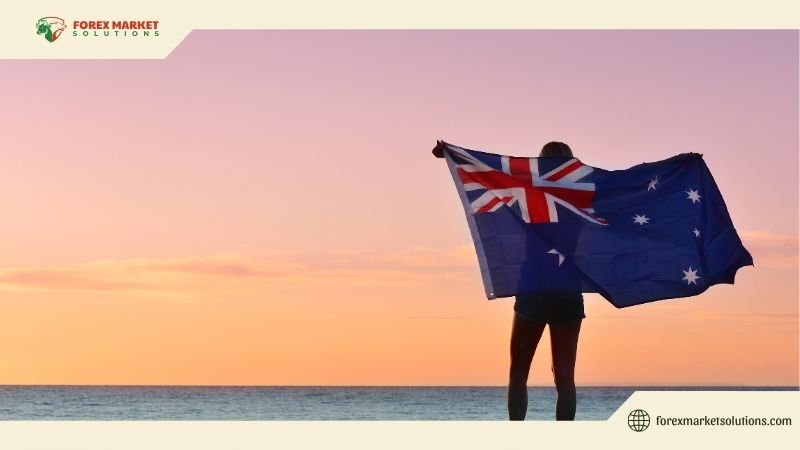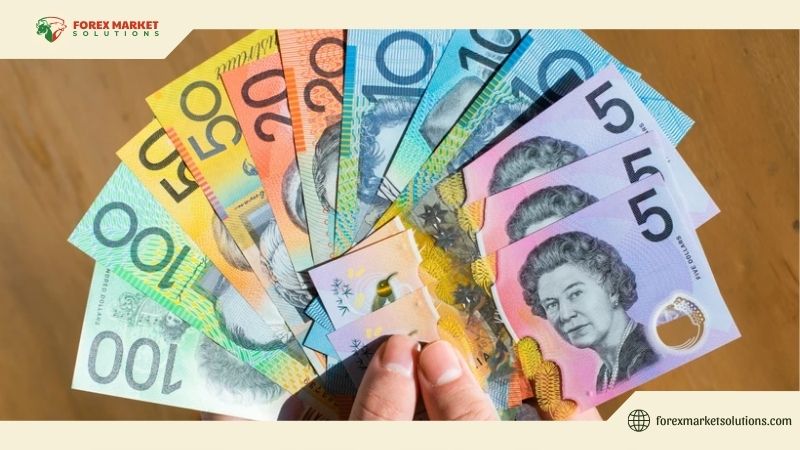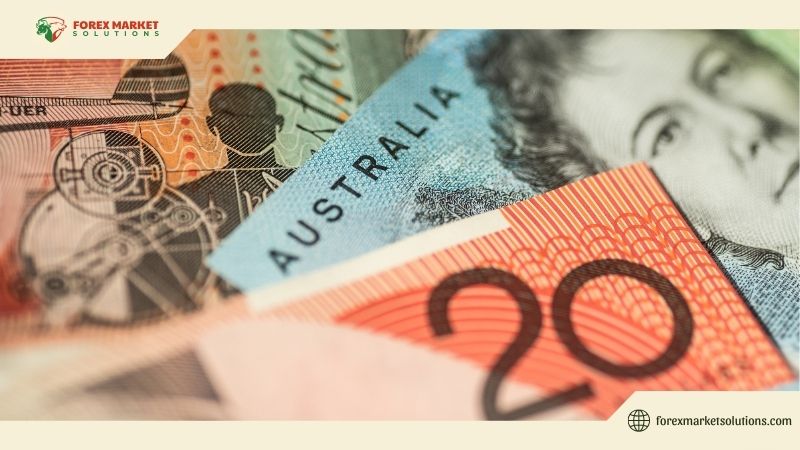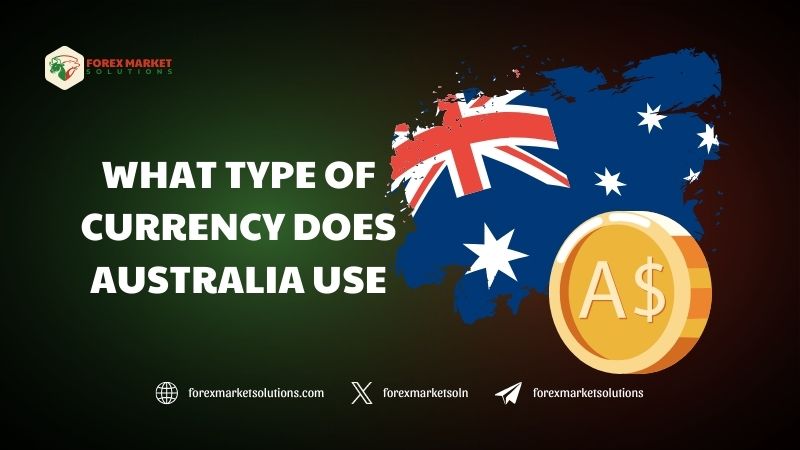Currency is the lifeblood of any economy, facilitating trade, travel, and investment on a global scale. For those exploring the financial landscape of the Asia-Pacific region, a common question emerges: what type of currency does Australia use? The answer is the Australian Dollar, abbreviated as AUD, a robust and widely recognized currency that powers one of the world’s most stable economies. In 2025, as Australia continues to play a pivotal role in international markets, understanding the AUD offers valuable insights for traders, travelers, and investors alike. This comprehensive guide delves into the origins, characteristics, and significance of the Australian Dollar, shedding light on its place in today’s interconnected financial world.

The question of what type of currency does Australia use is more than a simple inquiry—it opens the door to exploring a currency that reflects Australia’s economic resilience and global influence. With its vibrant history and active presence in Forex trading, the AUD is a key player in 2025, shaped by commodity prices, monetary policies, and regional dynamics. Whether you’re planning a trip Down Under, trading AUD/USD, or studying global currencies, this article provides a clear and detailed look at the Australian Dollar, equipping you with knowledge to navigate its role effectively.
The Australian Dollar: A Currency Overview
To answer what type of currency does Australia use, we begin with the Australian Dollar, introduced on February 14, 1966. Before this, Australia relied on the Australian Pound, a colonial relic tied to British sterling. The shift to a decimal system marked a modernizing leap, replacing pounds, shillings, and pence with dollars and cents. The AUD is subdivided into 100 cents, with coins issued in 5, 10, 20, and 50 cents, plus 1 and 2 dollars, and banknotes in 5, 10, 20, 50, and 100 denominations. The symbol $—or A$ to distinguish it from other dollar-based currencies—graces its notes and coins, a familiar sight worldwide.
Managed by the Reserve Bank of Australia (RBA), the AUD operates as a free-floating currency, its value determined by market forces since 1983, when Australia abandoned its peg to the US dollar. This float allows it to respond to economic conditions, making it a dynamic player in Forex markets. In 2025, with polymer notes—pioneered by Australia in 1988 for durability—still in circulation, the AUD blends tradition with innovation, answering what type of currency does Australia use with a modern yet grounded identity.
The RBA oversees its issuance, ensuring stability through interest rate policies and interventions when needed. Notes feature iconic Australians—think poet Banjo Paterson or activist Edith Cowan—while coins bear native fauna like the kangaroo, tying the currency to national heritage. This blend of practicality and pride defines the AUD’s character.

A Historical Journey of the AUD
The backstory of what type of currency does Australia use traces a path from colonial dependence to economic independence. Pre-1966, the Australian Pound mirrored Britain’s system, a legacy of its time as a British colony. By the mid-20th century, global trade demanded a more flexible currency, prompting the switch to the AUD. Named via a public contest—beating out alternatives like “royal” or “austral”—the dollar debuted with a 10-shilling note converting to a 1-dollar note, easing the transition.
The 1983 float was a defining moment. Freed from the USD peg, the AUD began reflecting Australia’s economic strengths—mining, agriculture, and services—while weathering global crises. The Asian Financial Crisis of 1997 and the 2008 Global Financial Crisis tested its resilience, yet the AUD emerged strong, buoyed by commodity exports like iron ore and coal. By 2025, with digital payments dominating and cash use waning, the AUD adapts to a tech-driven economy, reinforcing its answer to what type of currency does Australia use with a tale of adaptability.
This history shapes its Forex behavior. Nicknamed the “Aussie,” it’s a commodity currency, rising with resource booms and dipping during downturns—a pattern traders track closely.
What Type of Currency Does Australia Use in Global Markets?
In 2025, what type of currency does Australia use resonates globally, especially in Forex, where the AUD ranks among the top-traded currencies. Paired with the US dollar (AUD/USD), euro (EUR/AUD), or yen (AUD/JPY), it’s a staple for traders, reflecting Australia’s trade ties with Asia, the US, and beyond. Its free-floating status means it dances to supply and demand, influenced by RBA rate decisions, commodity prices, and China’s economic health—Australia’s largest trading partner.
The AUD/USD pair, often called the “Aussie,” is a Forex favorite. In 2025, with iron ore and LNG exports surging amid global recovery, a rate hike from the RBA could lift the AUD from, say, 0.68 to 0.72 against the USD. Conversely, a Chinese slowdown might drag it lower, a volatility traders exploit. This sensitivity to external factors defines what type of currency does Australia use—a market-driven player with a commodity heartbeat.
Beyond trading, the AUD serves as a regional anchor. Pacific nations like Papua New Guinea peg their currencies to it informally, while travelers use it across Oceania. Its stability—backed by Australia’s AAA credit rating—makes it a safe haven in turbulent times, a trait that shines in 2025’s uncertain global climate.

The AUD in Everyday Life and Innovation
For Australians, what type of currency does Australia use translates to daily transactions, though cash’s role shrinks in 2025. Polymer notes, with tactile features for accessibility, remain in wallets, but digital wallets—Apple Pay, Google Pay—dominate retail. Coins, minted with emus and lyrebirds, are more keepsakes than currency as contactless payments soar.
Innovation extends to the AUD’s future. The RBA trials a Central Bank Digital Currency (CBDC), a digital AUD, testing cross-border payments and smart contracts. While not yet public by 2025, it mirrors global trends—like China’s e-CNY—hinting at a dual physical-digital answer to what type of currency does Australia use in years ahead. This evolution keeps the AUD relevant, bridging tradition with tech.
Implications for Forex Traders and Beyond
For Forex traders, knowing what type of currency does Australia use unlocks strategic edges. The AUD’s commodity link means watching iron ore prices or Chinese PMI data alongside RBA minutes. A hawkish RBA stance—raising rates to curb inflation—might spark an AUD rally, while a mining slump could weaken it. In 2025, with green energy boosting uranium exports, the AUD’s moves offer profit potential.
Investors also benefit. Australian bonds or stocks rise with a strong AUD, amplifying returns for foreigners. Travelers find its value shapes trip costs—a stronger AUD stretches budgets in Bali or Fiji. Understanding what type of currency does Australia use connects these dots, from charts to real-world impact.

The Aussie’s Enduring Role
The question what type of currency does Australia use reveals the Australian Dollar—a currency of stability, heritage, and global reach. From its 1966 debut to its 2025 prominence, the AUD reflects Australia’s economic story, thriving in Forex and everyday life. As markets shift with digital currencies and commodity cycles, the Aussie remains a key player, offering opportunities for those who grasp its rhythm. Whether trading, investing, or exploring, the AUD’s tale enriches your financial journey.
Ready to dive deeper into currencies and trading? Follow Forex Market Solutions for expert insights and strategies to succeed in 2025 and beyond.
